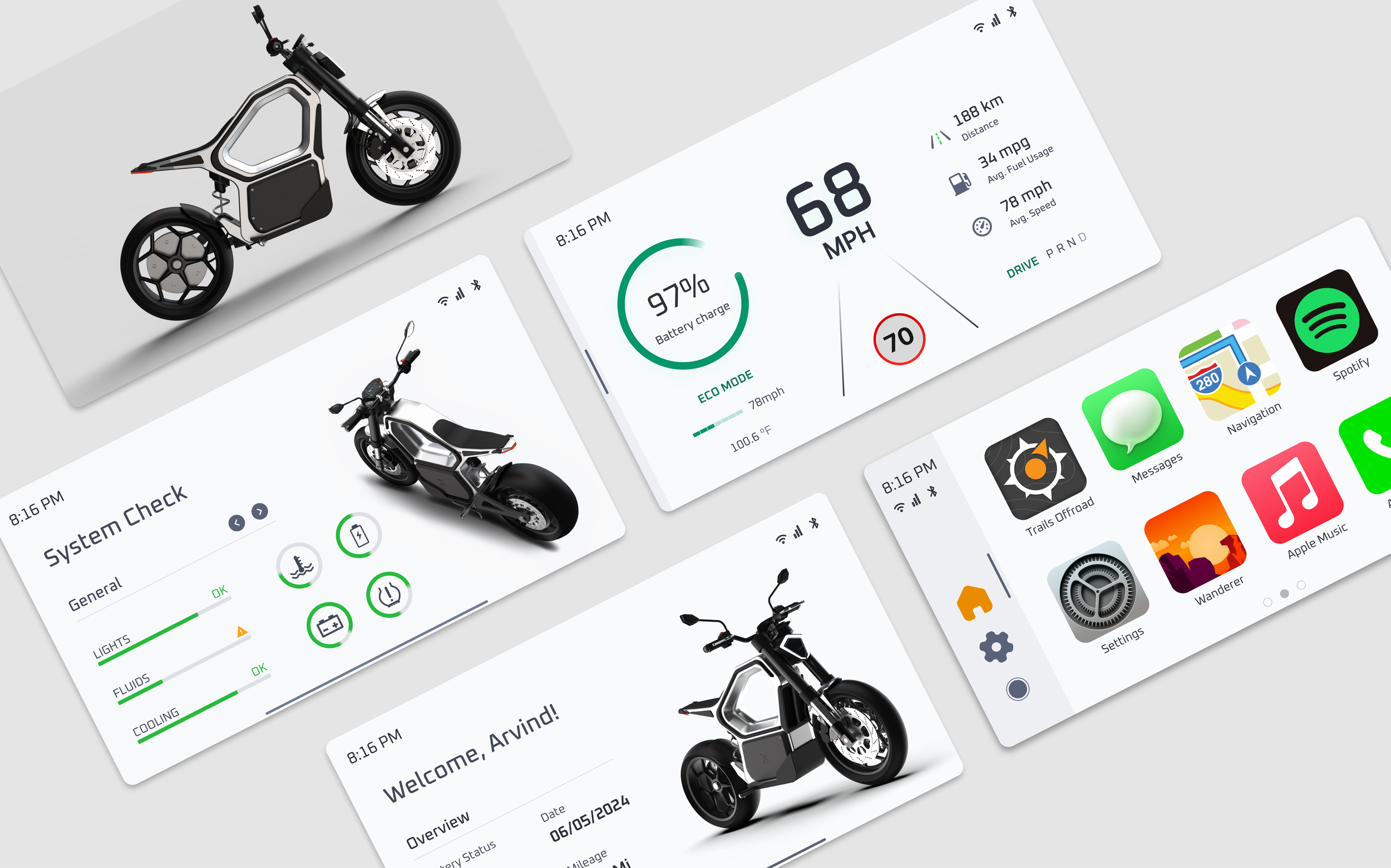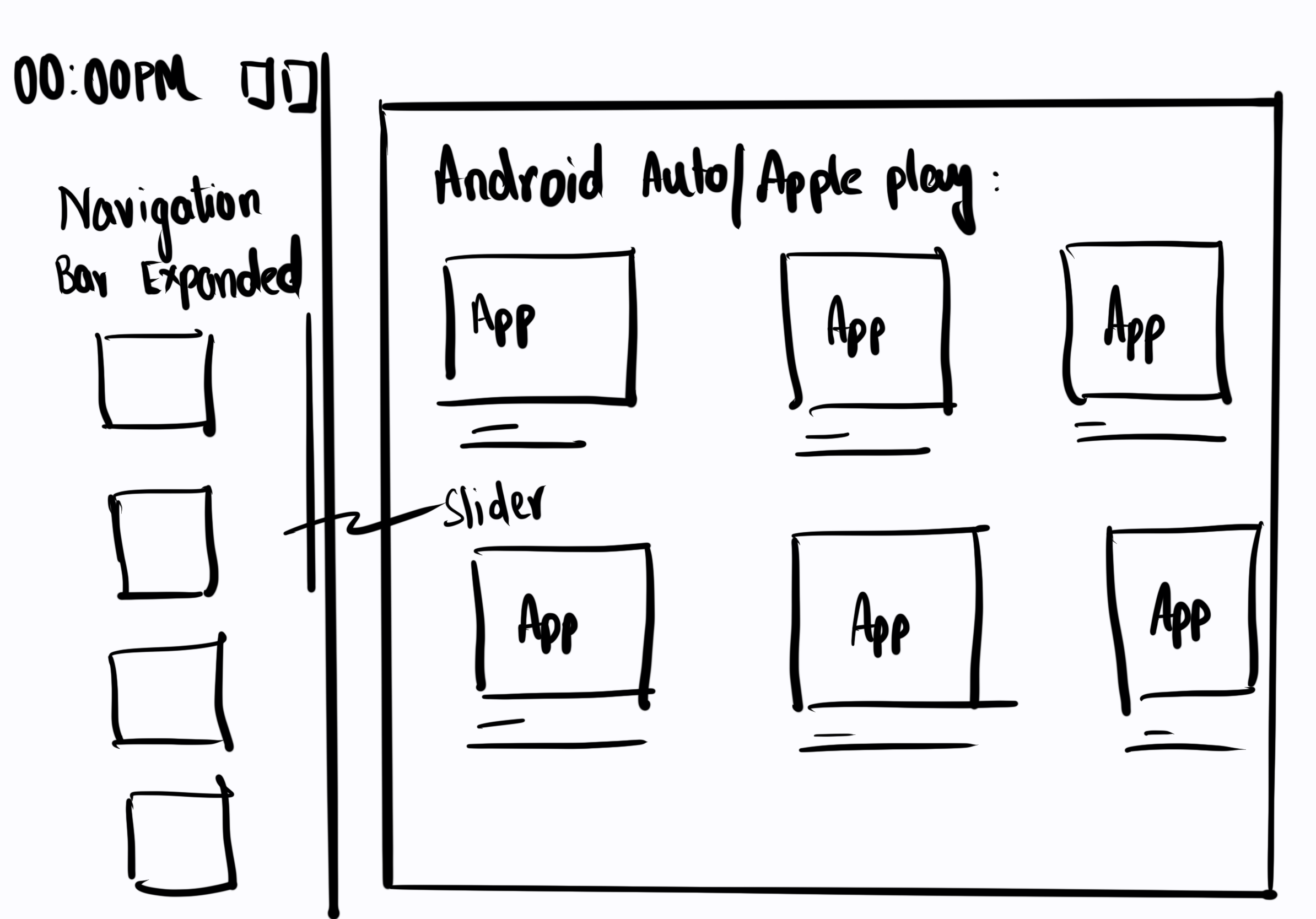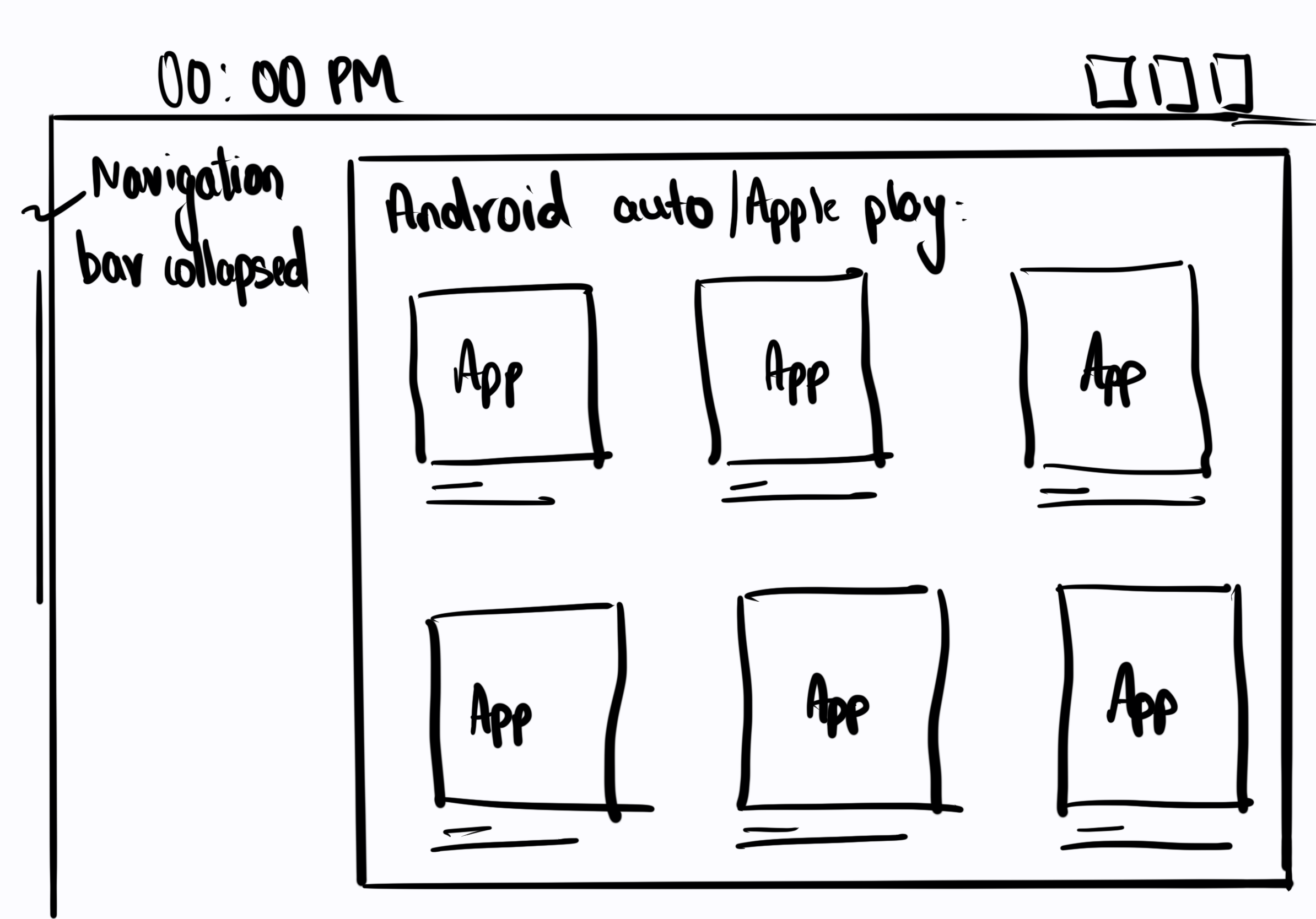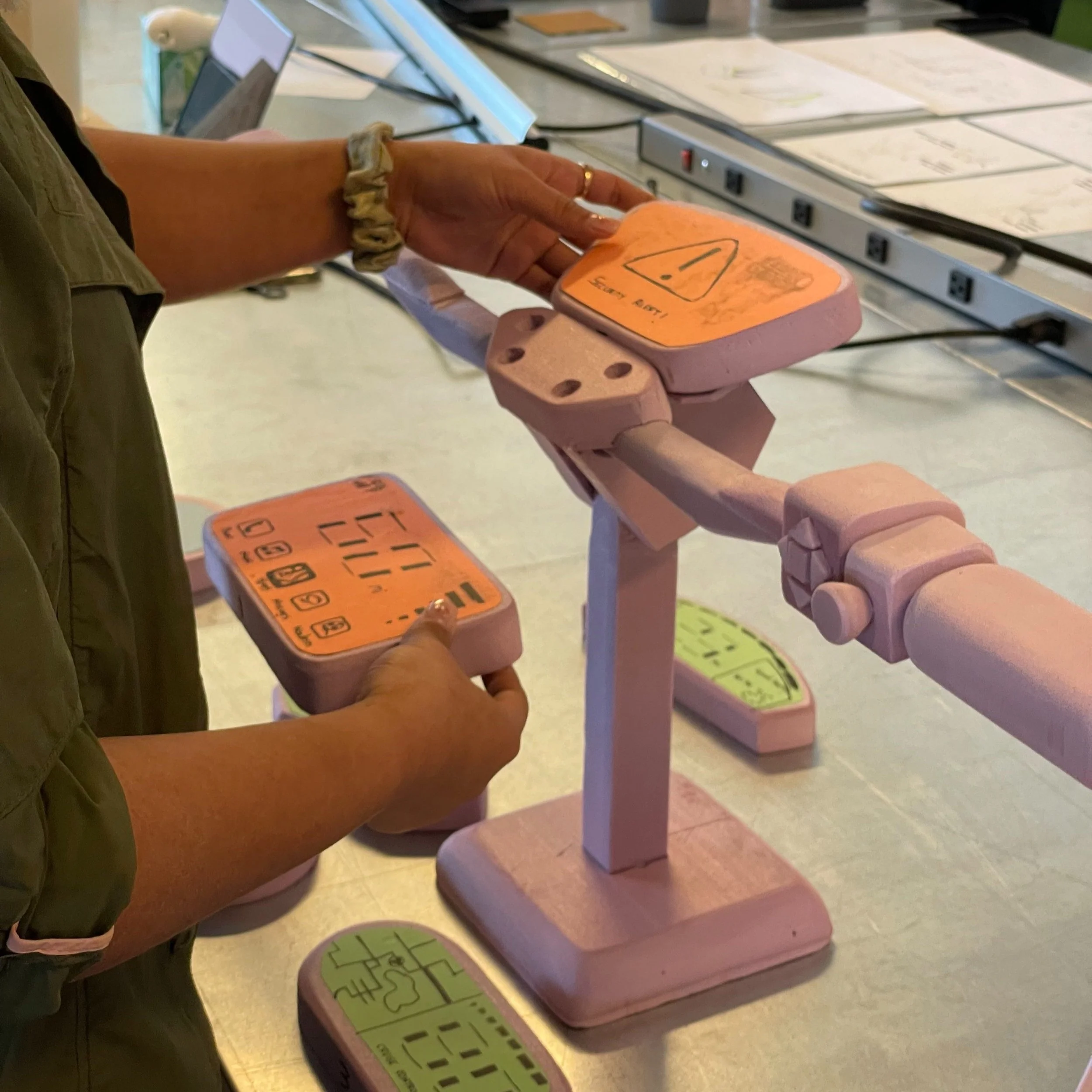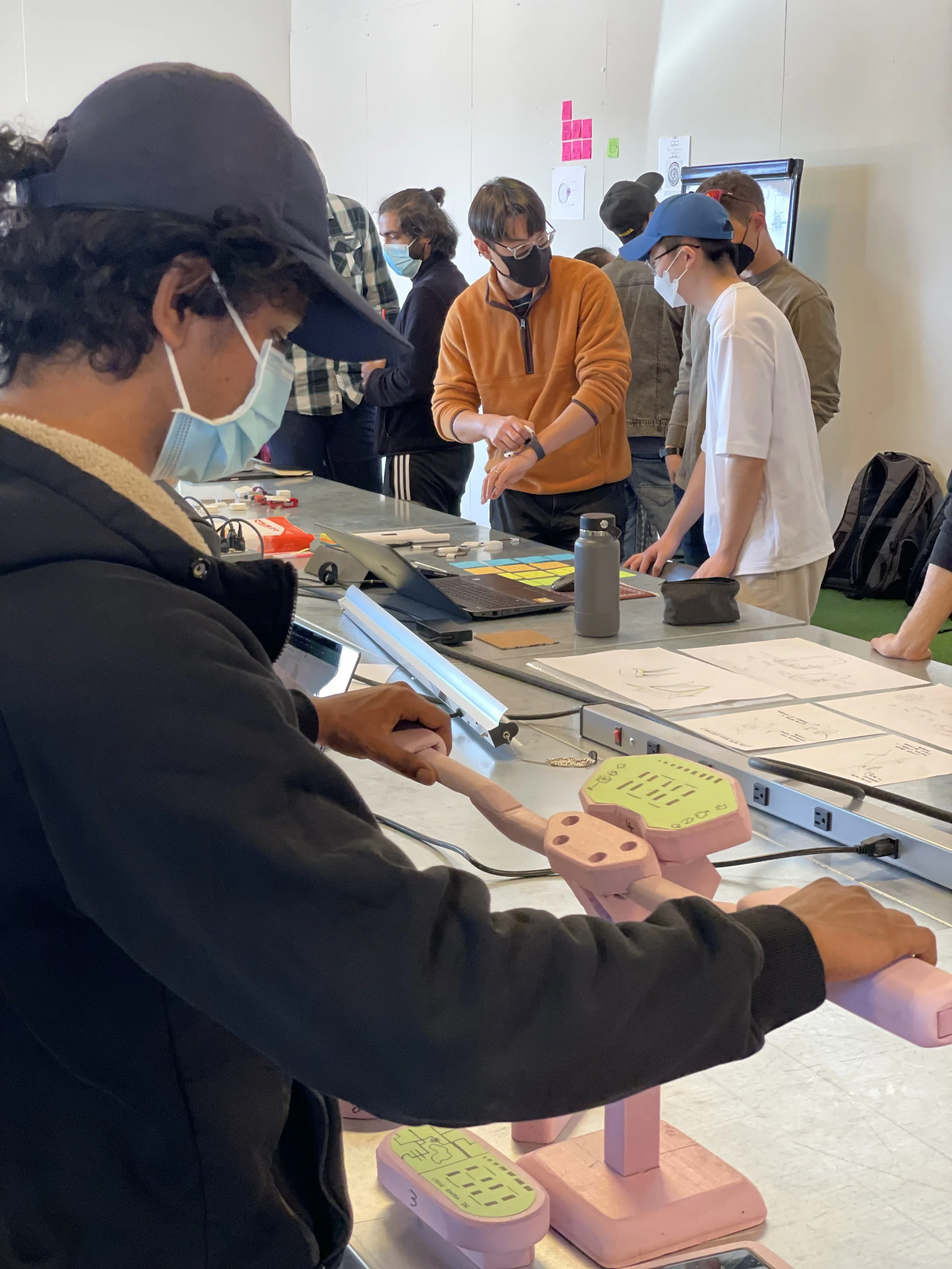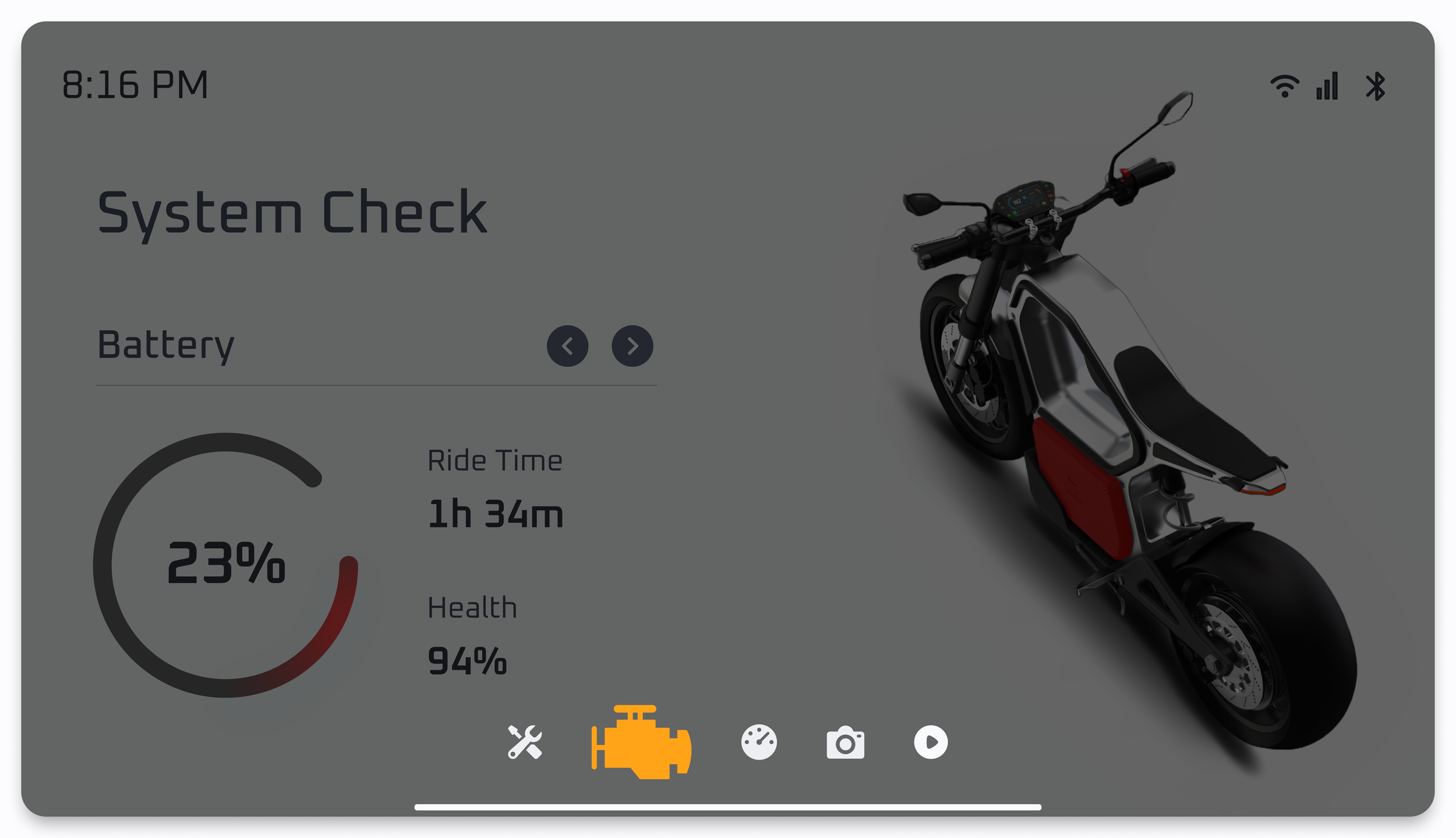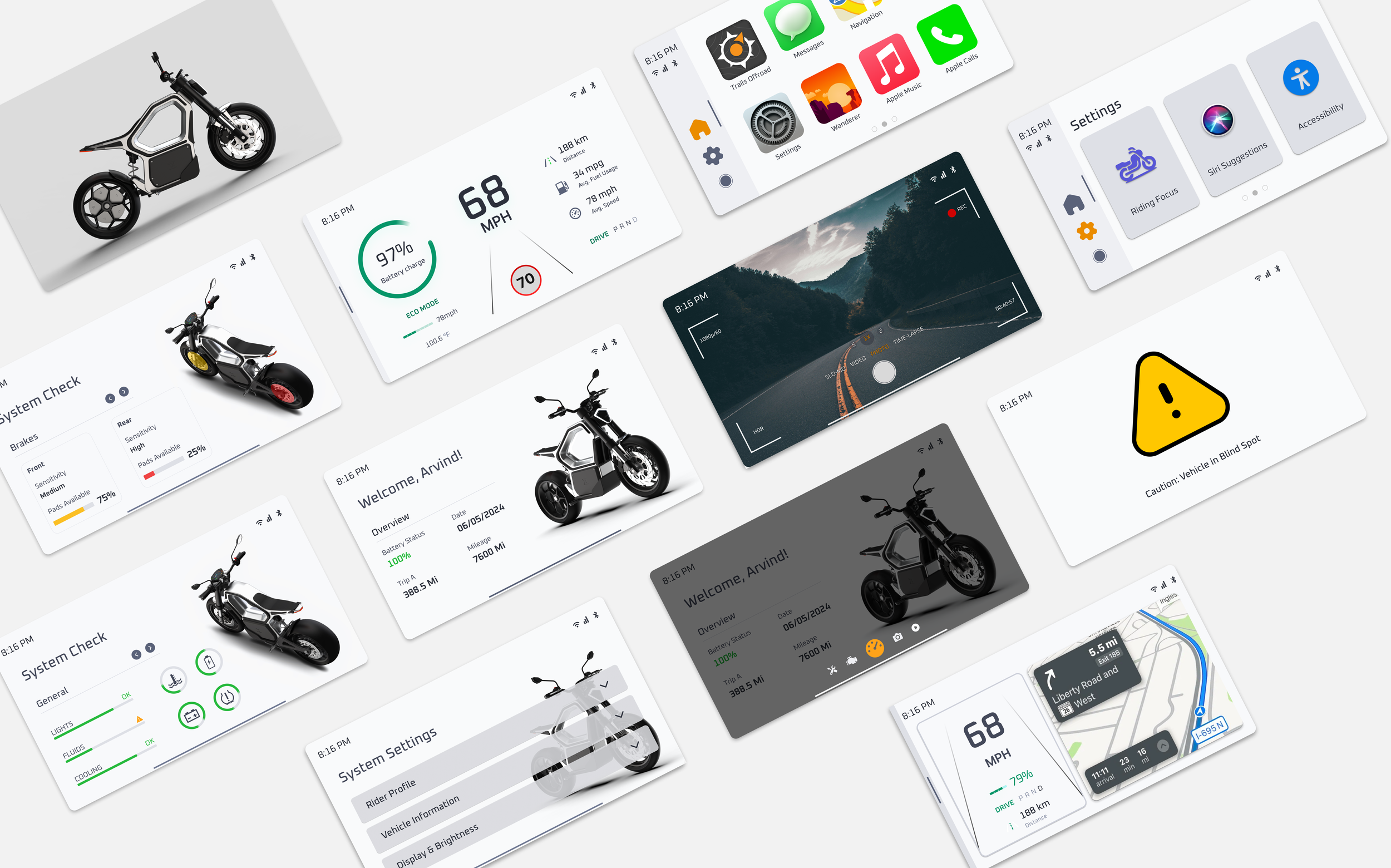ZEPHYR
Urban motorcycle commuters face significant challenges with current gauge cluster interfaces, including poor visibility in varying lighting conditions, cluttered displays, and non-intuitive controls, which can compromise safety and convenience. To enhance the riding experience, there is a need for a redesigned cluster interface that offers clear, easily accessible information, intuitive navigation, and seamless integration with modern technological features. This project aims to develop a state-of-the-art cluster interface for a commuter motorcycle, prioritizing user-friendly design, functionality, and real-time data accuracy, while also introducing a new overall motorcycle design as a secondary focus.
USERS
The tech-savvy commuters value efficiency, safety, and convenience, and seek an intuitive, reliable gauge cluster interface to enhance their commuting experience. They appreciate advanced features and clear, easily accessible information for navigating urban environments.
Urban Commuters
EXPLORATION
Common challenges urban motorcycle commuters face with gauge clusters:
Customization Limitations: Motorcyclists often face challenges with driver awareness, as many drivers fail to notice motorcycles due to their smaller size, increasing the risk of accidents.
Integration with Modern Tech: Ensuring compatibility and seamless integration with modern features like GPS, Bluetooth, and smartphone connectivity can be challenging.
Visibility: Inadequate lighting or small font sizes can make gauge readings difficult to see, especially in bright sunlight or at night.
Non-intuitive controls: Can cause distractions, confusion, and difficulty in quickly accessing essential functions while riding.
Complexity: Overly complicated displays can distract riders, making it hard to quickly and easily access crucial information while riding.
USER INTERVIEWS
Gathering insights from other motorcyclists about their experiences.
Visibility Concerns: "In bright sunlight, I can barely see the current display. It’s frustrating and unsafe when I have to squint or take my eyes off the road to check my speed or navigation."
Cluttered Interface: "The cluster is too crowded with information I rarely use. It feels like I’m searching for a needle in a haystack when I just want to know my fuel level or speed."
Non-Intuitive Controls: "The buttons and menus are confusing. I’ve accidentally changed settings while trying to adjust the brightness or switch between screens."
Kenneth | Urban Commuter | 48 years old
Brandon | Urban Commuter & Weekend Rider | 29 years old
Safety Concerns: "Safety is my top priority. The current interface requires too much attention, which distracts from the road. A simplified, more focused display would help me stay alert and safe."
Customizable Displays: "I’d appreciate the ability to customize what information is shown. For example, on long rides, I might want to track my trip mileage, while in the city, I need quick access to navigation and speed."
Aesthetic Appeal: "The design could use a facelift. A modern, sleek look would make the motorcycle feel more premium and enjoyable to ride."
Shyam | Tech-savvy Urban Commuter | 29 years old
Technological Features: "Integration with wearable tech like smartwatches or voice-activated controls would be amazing. It would make the ride smoother and more futuristic."
Feedback on Touch Controls: "Touch controls could be an interesting addition, but they need to be responsive and usable with gloves. Haptic feedback would be a great way to confirm selections without needing to look."
Data Connectivity: "Access to real-time weather updates, route suggestions based on traffic, and ride statistics would enhance the overall riding experience."
Real-Time Data Accuracy: "I rely heavily on navigation and traffic updates. The current system is slow to update, and sometimes the directions lag, making it hard to make quick decisions."
Integration with Modern Tech: "I would love to see better integration with my smartphone, like receiving messages or calls directly on the cluster without needing to stop and check my phone."
User-Friendly Design: "A more intuitive interface with larger, clearer icons would make a huge difference. It should be easy to understand at a glance, especially when I’m in heavy traffic."
Abi | Motorcycle Enthusiast | 36 years old
INTERVIEW INSIGHTS
Compiling the key takeaways provided by users during their interviews.
INTUITIVE NAVIGATION
Riders want a clear, uncluttered display that is easy to read in all lighting conditions.
VISIBILITY & SIMPLICITY
Simplified controls and intuitive menu systems are crucial for enhancing rider safety and convenience.
MODERN INTEGRATION
Seamless integration with smartphones and wearable tech, along with real-time data updates, is highly desired.
SAFETY FEATURES
The ability to customize the display based on riding conditions and personal preferences is a significant plus.
CUSTOMIZATION
Enhancements that contribute to rider safety, such as quick-glance information and minimal distraction, are highly valued.
Developed and refined ideas for design planning.
IDEATION & WIREFRAMING
USER TESTING
Evaluated my concepts with users to obtain their feedback.
The final User Interface was developed by integrating specific design criteria and guidelines obtained by user feedback.
CLUSTER INTERFACE
Primary Dashboard: Prioritizing essential data like speed, RPM, battery charge level, and range within the gauge cluster offers significant advantages. By prominently displaying these critical elements using visual hierarchy techniques like size, color, and font weight, the rider can quickly access vital information without distraction. This clear differentiation enhances situational awareness, enables faster decision-making, and ultimately contributes to a safer, more intuitive riding experience.
Pop-Up Navigation: The implementation of a bottom navigation bar that hides until tapped provides a clear advantage for the rider by reducing screen clutter and minimizing distractions. This design allows the rider to focus on essential information while still offering quick and intuitive access to important functions when needed. The expandable navigation bar optimizes screen space, ensuring a cleaner interface and enhancing safety by keeping the rider's attention on the road.
Blind Spot Alert: The strobing or flashing feature ensures that the rider is immediately aware of potential hazards, even if they aren’t actively checking mirrors. This timely and clear notification helps the rider respond quickly and effectively, reducing the risk of collisions during lane changes or turns. By minimizing distractions and keeping the rider’s focus on the road, this feature adds an extra layer of safety and situational awareness, making the riding experience more intuitive and secure.
System Check: This screen provides real-time data on critical components like battery charge, tire pressure, brakes, and tire tread, allowing the rider to instantly assess the motorcycle's condition. It enhances safety by enabling timely maintenance and preventing potential breakdowns. The visual representation empowers the rider to make informed decisions quickly, ensuring the motorcycle operates at its best and providing peace of mind during rides.
Integrated Camera: This eliminates the need for separate action cameras or smartphones, streamlining the experience and reducing distractions. With easy handlebar controls, the rider can effortlessly start or stop recording, which is particularly useful for documenting accidents or capturing memorable moments. This feature enhances convenience, safety, and versatility, making it a seamless addition to the riding experience.
Phone Mirroring: This feature allows the rider to seamlessly connect their phone and access all applications directly through the motorcycle's interface, enhancing convenience and reducing the need to handle the phone while riding. This integration provides a more streamlined and safer experience by enabling hands-free control of navigation, music, and communication apps. By centralizing these functions within the gauge cluster, the rider can maintain focus on the road, minimize distractions, and enjoy a more intuitive and integrated riding experience.
Ensured the design was accessible by following WCAG 2.1 and ADA guidelines, prioritizing readability, offering flexible interaction options, and validating the experience with a diverse group of users.
ACCESSIBILITY FOR ALL
Compliance with WCAG 2.1 Standards: Followed the Web Content Accessibility Guidelines (WCAG) 2.1 to ensure that the user interface meets the recommended contrast ratios, making the display accessible to users with visual impairments.
ADA Considerations: Adhered to the Americans with Disabilities Act (ADA) by designing interactive elements like buttons and controls to be easily operable by riders with varying levels of dexterity, ensuring compliance with legal accessibility requirements.
Color Accessibility: Applied WCAG guidelines for color contrast and color blindness to ensure that essential information is distinguishable by all users, avoiding reliance on color alone to convey critical data.
Accessible Text and Layout: Designed the text and layout to be easily readable, scalable, and adaptable, in line with WCAG’s guidelines for text accessibility, allowing for a clear and clutter-free user experience.
USER INTERFACE REPRESENTATION
A comprehensive representation of rider experience and product functionality.
LIGHT MODE
DARK MODE

